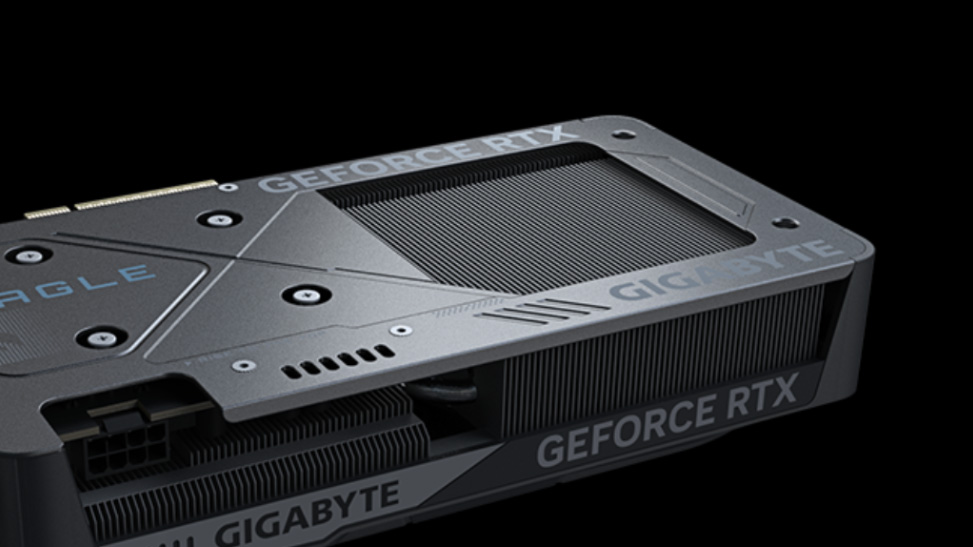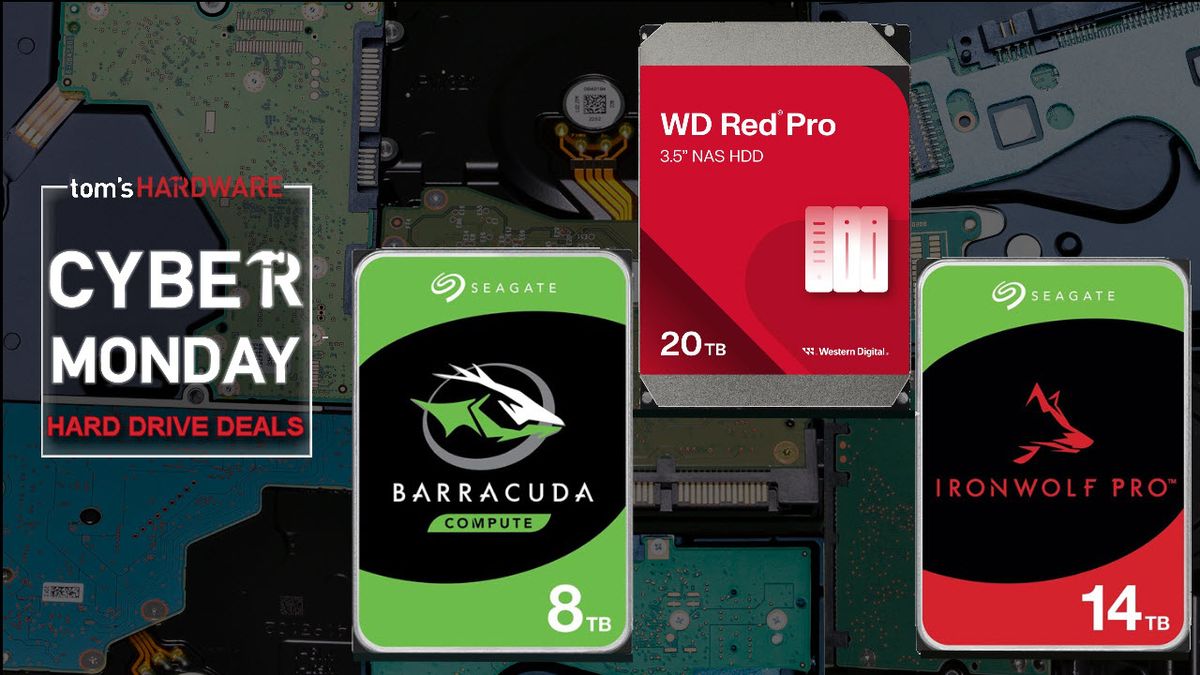Despite withholding pre-release RTX 5060 drivers from reviewers, Nvidia has reportedly given select outlets access to its upcoming RTX 5060 driver to create strict "preview" articles about the new mid-range Blackwell GPU. One such outlet, Ascii.jp, published an article benchmarking the RTX 5060 against the RTX 5060 Ti (8GB and 16GB) and other graphics cards in Doom: The Dark Ages, Cyberpunk 2077, and Marvel Rivals.
GameStar Tech claims there are strict Nvidia guidelines for the RTX 5060 previews. According to the German publication (machine translation), "The reason for this unusual situation: Nvidia has decided to only make the driver, which is essential for GPU testing, available in advance under certain conditions and to a very limited number of media outlets worldwide. This includes us."
The news outlet goes on to state, "What's particularly crucial is that we weren't able to freely choose which graphics cards and games we would measure and with which settings for this preview."
Apparently, previews could only compare the RTX 5060 to the RTX 3060 and RTX 2060 Super. The list of allowed titles is reportedly limited to Avowed, Doom: The Dark Ages, Marvel Rivals, Cyberpunk 2077, and Hogwarts Legacy. Meanwhile, the settings must be configured to 1080p resolution, ultra image quality, DLSS in quality mode, and ray tracing.
Nvidia GeForce RTX 5060 Benchmarks
Surprisingly, Ascii's RTX 5060 "preview" only included Doom: The Dark Ages, Cyberpunk 2077, and Marvel Rivals. However, the Japanese outlet did compare the RTX 5060 to several generations of GeForce x060-class GPUs, including the RTX 2060, RTX 3060 (12GB), RTX 4060, RTX 5060, and both variants of the RTX 5060 Ti.
Graphics settings were also limited to running frame generation exclusively, with the RTX 3060 and RTX 2060 running FSR 3 frame generation (since they don't support the DLSS counterpart).
Across all three titles, the new RTX 5060 trails the RTX 5060 Ti by 15% on average using 2x DLSS frame generation. If it wasn't obvious, take these results with a massive grain of salt. Frame generation is not a perfect multiplier of native performance, so there is bound to be a bit of variance between all six GPUs.
However, the RTX 5060 and RTX 5060 Ti comparisons can be taken with more weight since they rely on the same GPU architecture and use identical frame generation techniques. We wouldn't be surprised if the performance difference between the two GPUs is very similar with frame generation turned off.
Swipe to scroll horizontally
RTX 5060 Ti 16GB (DLSS MFG x3) | 231.47 | 200.77 |
RTX 5060 Ti 8GB (DLSS MFG x3) | 234.31 | 199.58 |
RTX 5060 (DLSS MFG 3x) | 208.72 | 154.79 |
RTX 5060 Ti 16GB (DLSS FG 2x) | 170.63 | 141.65 |
RTX 5060 Ti 8GB (DLSS FG 2x) | 172.57 | 145.00 |
RTX 5060 (DLSS FG 2x) | 150.56 | 126.40 |
RTX 4060 (DLSS FG) | 128.66 | 107.90 |
RTX 3060 12GB (FSR 3 FG) | 110.88 | 89.62 |
RTX 2060 (FSR 3 FG) | 43.04 | 31.71 |
In Doom: The Dark Ages, the RTX 5060 was 17% faster than the RTX 4060, 35% faster than the RTX 3060, and over three times faster than the RTX 2060.
Focusing on the RTX 5060's performance against the RTX 5060 Ti, the RTX 5060 Ti 8GB was 15% faster than the RTX 5060 (again using 2x frame gen). The 8GB and 16GB variants perform the same in this title. Ultra nightmare settings were used for the graphics settings, with DLSS used on the RTX 4060 and above (FSR 3 was used on the older GPUs).
Swipe to scroll horizontally
RTX 5060 Ti 16GB (DLSS MFG x3) | 141.74 | 112.68 |
RTX 5060 Ti 8GB (DLSS MFG x3) | 141.00 | 102.92 |
RTX 5060 (DLSS MFG 3x) | 120.88 | 81.90 |
RTX 5060 Ti 16GB (DLSS FG 2x) | 98.76 | 79.58 |
RTX 5060 Ti 8GB (DLSS FG 2x) | 96.39 | 58.91 |
RTX 5060 (DLSS FG 2x) | 83.77 | 56.07 |
RTX 4060 (DLSS FG) | 66.63 | 39.72 |
RTX 3060 12GB (FSR 3 FG) | 46.15 | 36.21 |
RTX 2060 (FSR 3 FG) | 22.27 | 8.19 |
In Cyberpunk 2077, the RTX 5060 was 25% faster than the RTX 4060, 81% faster than the RTX 3060, and nearly four times faster than the RTX 2060. Against the RTX 5060 Ti, the 8GB variant was 15% faster than the RTX 5060, and the 16GB variant was 17% faster.
RT overdrive was used for the graphics settings with the DLSS 4 transformer model using the Quality preset on the RTX 4060 and above. The RTX 3060 and RTX 2060 exclusively used FSR 3 frame generation, with no notes on whether or not the two GPUs used FSR 3 upscaling.
Swipe to scroll horizontally
RTX 5060 Ti 16GB (DLSS MFG x3) | 273.51 | 181.58 |
RTX 5060 Ti 8GB (DLSS MFG x3) | 281.90 | 186.59 |
RTX 5060 (DLSS MFG 3x) | 245.48 | 170.33 |
RTX 5060 Ti 16GB (DLSS FG 2x) | 199.00 | 142.57 |
RTX 5060 Ti 8GB (DLSS FG 2x) | 203.84 | 147.06 |
RTX 5060 (DLSS FG 2x) | 178.33 | 127.01 |
RTX 4060 (DLSS FG) | 153.93 | 93.03 |
RTX 3060 12GB (FSR 3 FG) | 120.05 | 81.59 |
RTX 2060 (FSR 3 FG) | 96.24 | 72.59 |
In Marvel Rivals, the RTX 5060 was 16% faster than the RTX 4060, 48% faster than the RTX 3060, and 85% faster than the RTX 2060. Compared to the RTX 5060 Ti, the Ti variant was 14% faster than the vanilla RTX 5060. Again, the 16GB had worse performance than the 8GB variant of the RTX 5060 Ti in this title so that we can chalk it up to the margin of error.
Image quality was set to best with the DLSS 4 transformer model used on the RTX 4060 and above. This time, DLSS upscaling was used on the RTX 3060 and 2060 in conjunction with FSR 3 frame generation (though there are no notes on what version of DLSS was used on these GPUs).
This is the first time Nvidia has greenlit a "preview" of its future GPU products. Traditionally, reviewers are given one to two weeks (sometimes more) with a pre-release driver to create a review of a future Nvidia GPU that will go live before the GPU launches. For the RTX 5060, Nvidia has opted to stop reviewers from starting their GPU testing until launch day (May 19) when the card releases, forcing reviewers to publish their reviews days after the RTX 5060 release. In the meantime, Nvidia is using "preview" articles to stir hype for its upcoming mid-range GPU.

 6 months ago
100
6 months ago
100








 English (US) ·
English (US) ·